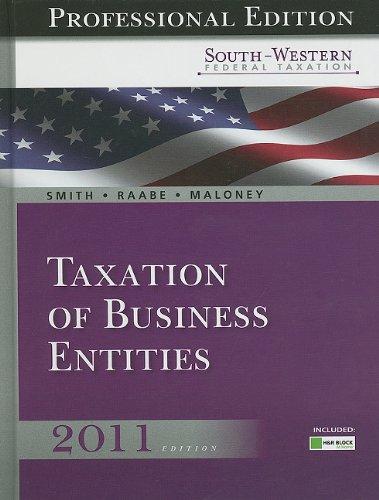Go back


Astronautics And Aeronautics 1971 Chronology On Science Technology And Policy(1st Edition)
Authors:
National Aeronautics And Space Administration

Cover Type:Hardcover
Condition:Used
In Stock
Shipment time
Expected shipping within 2 DaysPopular items with books
Access to 30 Million+ solutions
Free ✝
Ask 50 Questions from expert
AI-Powered Answers
✝ 7 days-trial
Total Price:
$0
List Price: $25.99
Savings: $25.99(100%)
Book details
ISBN: 1495485218, 978-1495485213
Book publisher: CreateSpace Independent Publishing Platform
Get your hands on the best-selling book Astronautics And Aeronautics 1971 Chronology On Science Technology And Policy 1st Edition for free. Feed your curiosity and let your imagination soar with the best stories coming out to you without hefty price tags. Browse SolutionInn to discover a treasure trove of fiction and non-fiction books where every page leads the reader to an undiscovered world. Start your literary adventure right away and also enjoy free shipping of these complimentary books to your door.
Book Summary: This volume is the eleventh in NASA’s series of annual chronologies of astronautics and aeronautics. The intent is to provide a preliminary historical reference which at least identifies, orders, and offers partial documentation for key events of the year. One of the curious aspects of these chronology volumes is that the very process of documenting NASA’s portion of them reveals not only continuities but also distinctive patterns in the unfolding events. Each year has seemed to emerge with characteristics of its own. The year 1971 was no exception. As NASA’s record unfolds in these pages, it can clearly be seen as a transitional or bridging year. On the one hand many on-going programs demonstrated their value in solid accomplishments: Apollo 14 and Apollo 15 brought manned lunar scientific exploration to dramatic maturity ; Mariner 9 went into orbit around Mars after its 400-million-kilometer journey and began its extensive photography of that fascinating nearby planet; OS0 7 discovered “polar caps” on the sun; in aeronautics jet aircraft equipped with the experimental supercritical wing made 27 successful research flights and the quiet jet engine program was successful in its initial tests. On the other hand, the shape of the next decade of the space program took much firmer shape. It became clear that after a decade in which the moon was the major focus of the U.S. space program, the next ten years would emphasize earth-orbital programs geared to intensive study of our homeland in the cosmos, the planet Earth. In manned spaceflight, even as the final preparations were underway for the final two Apollo lunar missions, all flight systems for Skylab were in final manufacturing stages or in checkout; another year’s intensive study by NASA and industry had refined and hardened the design of the space shuttle to the point that we could ask Administration approval to proceed, confident that a reusable, cost-effective space transportation system could be built. In unmanned space programs, the first Earth Resources Technology Satellite was readied for its launch in 1972, while aircraft flights were testing its remote sensing devices. In aeronautics, the joint Department of Transportation-NASA study of national civil aviation R&D requirements led to the contract for design of the experimental STOL transport aircraft. Administratively, the quintupling of funds for space technology transfer to the civilian economy and the establishment of the NASA Office of Applications were other indications of the increased priority for practical benefits from space research. While all of the foregoing was accomplished within the constraints of the lowest space budget since 1962, congressional approval of an FY 1972 budget that was slightly larger ended the trend of progressively smaller space budgets that had begun in 1967. This was taken in NASA as endorsement for the new stable realignment of the space program toward the needs of man on earth for the decade ahead.
Customers also bought these books
Frequently Bought Together
Top Reviews for Books
Le Van Minh
( 4 )
"Delivery was considerably fast, and the book I received was in a good condition."










